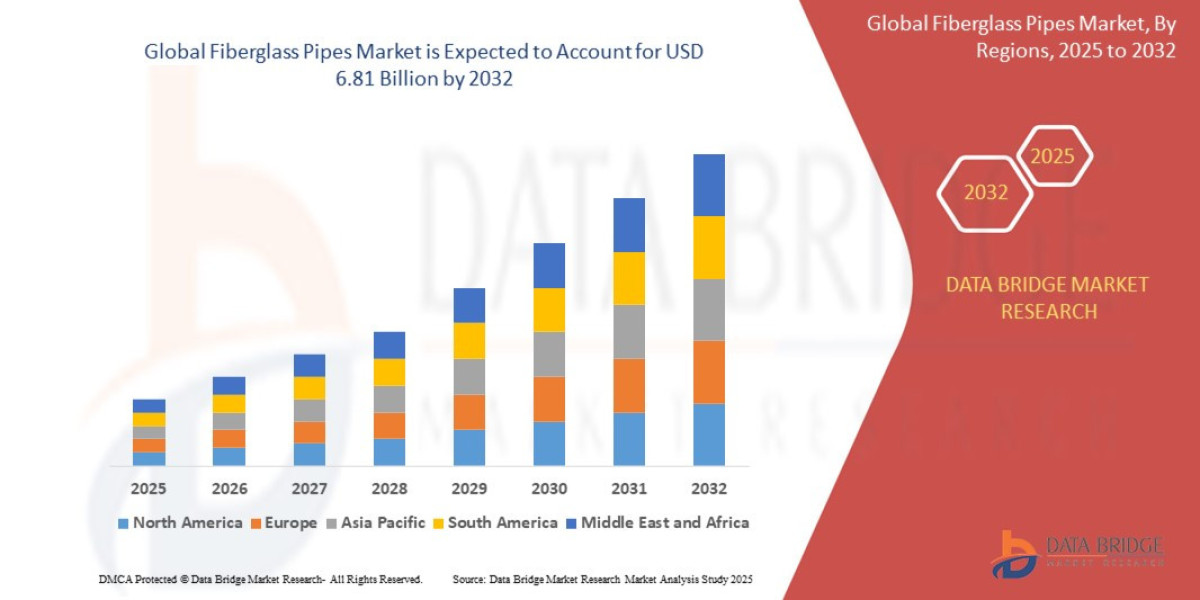The Electron Beam Welding for Space Metals Market is witnessing substantial growth, driven by the increasing need for precision welding in spacecraft, satellites, and launch vehicle components. According to the latest insights from Research Intelo, the market was valued at USD 720 million in 2024 and is projected to reach USD 1.45 billion by 2032, expanding at a CAGR of 9.1% during the forecast period. This surge is largely attributed to advancements in vacuum welding technologies and the growing utilization of lightweight, high-strength alloys in space exploration programs.
Growing Adoption of Advanced Welding in Aerospace Applications
As global space agencies and private companies accelerate their missions beyond Earth’s orbit, the need for robust, defect-free joints in spacecraft structures is at an all-time high. Electron beam welding (EBW) offers unparalleled precision and deep penetration welding capabilities—key requirements for assembling titanium, niobium, and other refractory metal components used in spacecraft propulsion and shielding systems.
The technology’s vacuum-based operation eliminates contamination, ensuring weld purity—a vital factor for maintaining material integrity in extreme space conditions. Furthermore, the integration of automation and AI-assisted process monitoring has enhanced reliability and productivity in EBW applications, supporting the market’s upward trajectory.
Technological Innovations Fuel Market Expansion
Recent innovations, such as high-energy-density beam systems and portable EBW units, have broadened the applicability of the technology across various manufacturing facilities. These systems allow complex 3D component fabrication while minimizing thermal distortion, making them indispensable for space metal joining. Additionally, the adoption of in-situ monitoring systems enables real-time quality assurance, a critical need for mission-critical aerospace hardware.
The growing investment in satellite constellations, lunar habitats, and Mars-bound missions is propelling demand for advanced joining solutions that can withstand thermal cycles, radiation exposure, and vacuum conditions. As a result, electron beam welding has emerged as the preferred method for achieving the high precision demanded by next-generation space missions.
? Request a Sample Report: https://researchintelo.com/request-sample/87551
Market Drivers: Space Exploration and Material Advancements
Several key factors are driving growth in the Electron Beam Welding for Space Metals Market:
Rising Space Exploration Initiatives: Global initiatives such as Artemis, Gateway, and private lunar programs are expanding the need for lightweight, durable structures.
Shift Toward High-Performance Alloys: Materials like titanium, Inconel, and niobium, which require precise joining techniques, are increasingly used in spacecraft and propulsion systems.
Automation and AI Integration: Smart process control ensures repeatability and minimizes defects in critical components.
Growing Commercial Space Sector: The surge in private satellite launches and reusable rockets is amplifying the need for cost-efficient, high-integrity welding techniques.
The combination of these trends has positioned EBW as an essential process within the aerospace manufacturing ecosystem, helping engineers achieve greater design flexibility and material performance.
Market Restraints: Cost and Technical Limitations
Despite its advantages, several factors limit widespread adoption. The initial investment for EBW systems remains high, often requiring vacuum chambers, electron beam guns, and advanced power supplies. Moreover, the need for specialized operators and controlled environments adds to operational complexity. Small-scale manufacturers may find it challenging to justify the cost compared to traditional welding methods like laser or TIG welding.
Another challenge is the limitation in joint accessibility. Since EBW requires a vacuum, it is best suited for specific component geometries, making it less flexible for on-site or large-scale applications. Nevertheless, continuous R&D efforts are aimed at reducing these constraints through modular and hybrid system designs.
? View Full Report: https://researchintelo.com/report/electron-beam-welding-for-space-metals-market
Market Opportunities: Cislunar and Deep Space Missions
The next decade presents immense opportunities for EBW as space missions extend beyond low-Earth orbit. Cislunar construction projects, lunar bases, and in-orbit assembly operations are expected to create strong demand for welding technologies that can ensure structural integrity in extraterrestrial environments.
Additionally, the increasing use of additive manufacturing (AM) in aerospace is complementing the EBW market. Hybrid AM-EBW solutions allow manufacturers to 3D-print near-net components and finish them with precision welding for improved density and mechanical strength. This convergence is expected to revolutionize the way spacecraft structures are designed and fabricated.
The market also stands to benefit from the growing trend of international collaborations in space research. As multiple agencies invest in advanced material joining technologies, EBW is poised to play a central role in building the next generation of space habitats and propulsion systems.
Regional Insights: North America Leads the Charge
North America currently dominates the Electron Beam Welding for Space Metals Market, owing to strong investments in space exploration and defense. The United States, with its established aerospace infrastructure and active commercial space sector, remains the key contributor to regional growth.
Europe follows closely, driven by initiatives under the European Space Agency (ESA) and a robust industrial base for high-precision manufacturing. Meanwhile, Asia-Pacific is emerging as a rapidly growing region, supported by increasing space missions from countries like India, Japan, and China, which are investing heavily in indigenous satellite and launch vehicle programs.
? Enquire Before Buying: https://researchintelo.com/request-for-customization/87551
Future Outlook: Toward Autonomous Space Manufacturing
The long-term outlook for the Electron Beam Welding for Space Metals Market is promising. As the demand for sustainable and modular space infrastructure grows, EBW will be instrumental in enabling autonomous in-space manufacturing and repair capabilities.
Emerging research into low-voltage, compact EBW systems suitable for microgravity environments could open new frontiers in orbital fabrication. Moreover, the miniaturization of electron beam sources and development of advanced control software are likely to make EBW more accessible to a wider range of aerospace manufacturers.
Competitive Landscape and Research Intelo Insights
While the market is still evolving, it remains highly specialized, with participants focusing on innovation and process optimization rather than mass production. Research Intelo’s analysis highlights that partnerships between aerospace manufacturers, research organizations, and technology providers will shape the next phase of market expansion.
Continuous improvements in beam control, vacuum systems, and metallurgical modeling are expected to drive efficiency gains. The integration of digital twins and simulation tools for EBW process design is another emerging trend that will enhance precision, reduce waste, and accelerate prototyping cycles.
? Check Out the Report: https://researchintelo.com/checkout/87551
Conclusion
In conclusion, the Electron Beam Welding for Space Metals Market is entering a phase of accelerated growth, supported by rising investments in space exploration and the shift toward advanced manufacturing technologies. With its ability to deliver clean, high-strength joints, EBW stands as a cornerstone process for future spacecraft and lunar structure fabrication.







